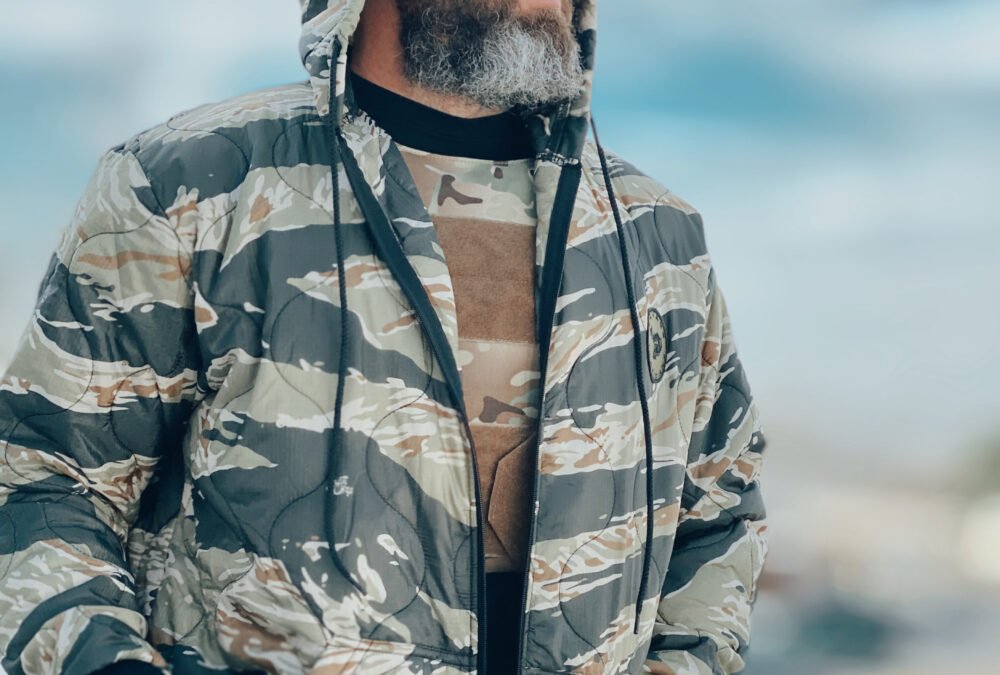In the old days body armor made the wearer look a little like an umpire at a baseball game. Sure, it worked but stealthy it was not. Some of the old style vests were reminiscent of the life jackets on the Titanic and just as obvious. At a minimum it gave the bad guys plenty of notice that someone wearing body armor was headed their way.
The Body Armor Arms Race
Over the decades we’ve experienced a back and forth race between advances in firearms and ammunition and advances in materials for body armor. While no one can really declare a winner in that race, we can say with certainty that advances in materials and engineering have improved the design, fit, weight and stopping power of body armor. New designs are easily concealable under a jacket or uniform and moisture wicking internal fabrics keep the wearer cool, even in hot climates.
“By combining different materials with [different] ballistic properties we are constantly experimenting with ways to increase ballistic resistance while reducing the weight of the finished armor panel,”
says Damien Black, CMO at TK Armor Systems, LLC, which produces the Spartan Armor Systems line, which includes a Level IIIA wrap around system featuring flexible armor panels.
Know Your Threat Environment
Concealability does involve some compromises between comfort, stopping power and cost. Obviously lighter and thinner materials weigh less and wear better for those who have to be in armor all day. But those lighter and thinner materials don’t always provide complete protection from high velocity rifle rounds or even some high-velocity handgun rounds.
That’s why understanding your threat environment is critical when selecting concealable body armor. Those who may be called to an active shooter situation may want to opt for a less concealable vest that can accommodate hard armor inserts. If the primary threats are small-caliber handguns, then weight and concealability become bigger factors.
The Body Armor Balancing Act
New ballistic materials, like DSM’s Dyneema®, a UHMPE fiber, not only increase stopping power but the panels can be made thin and flexible. By layering different materials, body armor manufacturers can match threat environments and job requirements with increasing specificity.
When it comes to concealability in body armor there just isn’t a one-size-fits-all solution. Buyers have to balance concealability and protection levels against their budget. The vest for extended daily wear will be different, and usually more expensive, than one designed for infrequent use.
While it takes a bit of research to match your requirements, it’s great to have those choices. New materials and engineering advances have made finding concealable body armor that is equal to your threat environment and fitting in your budget much easier. Thinner materials mean, regardless of the application, you don’t have to worry about looking like a survivor from the Lusitania.










